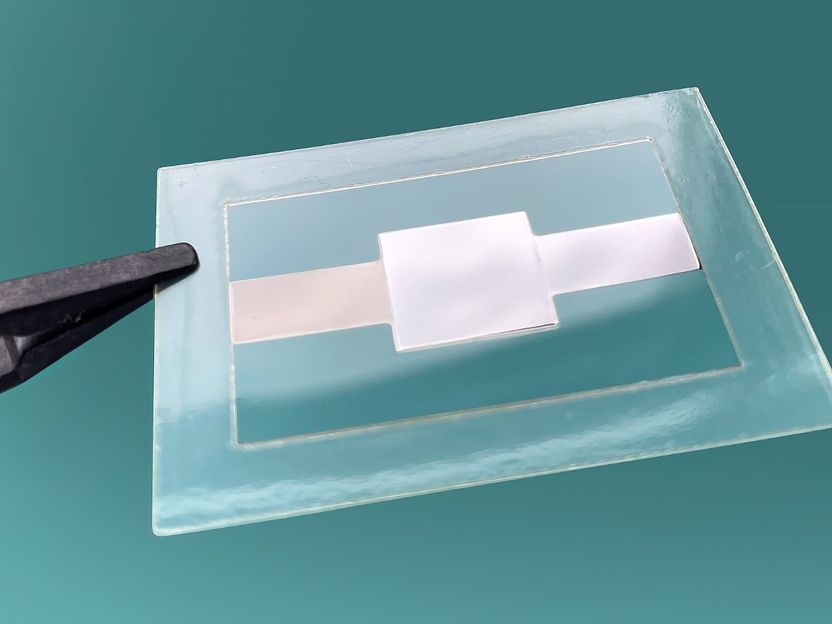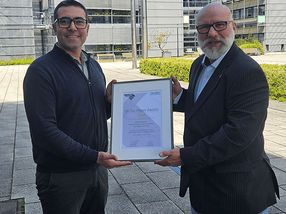New Method for Detecting Nanoplastics in Body Fluids
TU Graz and start-up BRAVE Analytics have developed a method for detecting nanoplastics in liquids and determining their composition
microplastics and the much smaller nanoplastics enter the human body in various ways, for example through food or the air we breathe. A large proportion is excreted, but a certain amount remains in organs, blood and other body fluids. In the FFG bridge project Nano-VISION, which was launched two years ago together with the start-up BRAVE Analytics, a team led by Harald Fitzek from the Institute of Electron Microscopy and Nanoanalysis at Graz University of Technology (TU Graz) and an ophthalmologist from Graz addressed the question of whether nanoplastics also play a role in ophthalmology. The project partners have now been able to develop a method for detecting and quantifying nanoplastics in transparent body fluids and determining their chemical composition. As an exemplary application of the method, the research team is investigating whether intraocular lenses release nanoplastics. There have been no such studies to date, and initial results have already been submitted to a scientific journal.
Scattered laser light reveals concentration and composition
Micro- and nanoplastics are detected in two steps. The sensor platform developed by BRAVE Analytics draws in the liquid to be analysed and pumps it through a glass tube. There, a weakly focused laser is shone through the liquid in or against the direction of flow. If the light hits any particles, the laser pulse accelerates or decelerates them – larger particles more strongly than smaller ones. The different velocity values allow conclusions to be drawn about the size of the particles and their concentration in the liquid. This method, called optofluidic force induction, was developed by Christian Hill from BRAVE Analytics at the Medical University of Graz.
What is new is the combination of optofluidic force induction with Raman spectroscopy. Now the spectrum of the laser light scattered by individual particles in the liquid is also analysed. A small part of the light, the so-called Raman scattering, has a different frequency to the laser itself and thus allows conclusions to be drawn about the composition of the particles. “Depending on the material of the focused particles, the frequency values are slightly different in each case and thus reveal the exact chemical composition,” says Raman spectroscopy expert Harald Fitzek. “This works particularly well with organic materials and plastics.”
Intraocular lenses: Tests on the possible presence of nanoparticles
The Institute of Electron Microscopy and Nanoanalysis is currently conducting further investigations into the extent to which intraocular lenses yield nanoplastics spontaneously, after mechanical stress or when exposed to laser energy. The findings from these tests are extremely important for ophthalmic surgeons and lens manufacturers.
“Our method for detecting micro- and nanoplastics can be applied to clear body fluids such as urine, tear fluid or blood plasma,” says Harald Fitzek. “However, it is also suitable for the continuous monitoring of liquid flows in industry as well as drinking and waste water.”
Other news from the department science

Get the chemical industry in your inbox
By submitting this form you agree that LUMITOS AG will send you the newsletter(s) selected above by email. Your data will not be passed on to third parties. Your data will be stored and processed in accordance with our data protection regulations. LUMITOS may contact you by email for the purpose of advertising or market and opinion surveys. You can revoke your consent at any time without giving reasons to LUMITOS AG, Ernst-Augustin-Str. 2, 12489 Berlin, Germany or by e-mail at revoke@lumitos.com with effect for the future. In addition, each email contains a link to unsubscribe from the corresponding newsletter.
Most read news
More news from our other portals
Something is happening in the chemical industry ...
This is what true pioneering spirit looks like: Plenty of innovative start-ups are bringing fresh ideas, lifeblood and entrepreneurial spirit to change tomorrow's world for the better. Immerse yourself in the world of these young companies and take the opportunity to get in touch with the founders.
See the theme worlds for related content
Topic World Spectroscopy
Investigation with spectroscopy gives us unique insights into the composition and structure of materials. From UV-Vis spectroscopy to infrared and Raman spectroscopy to fluorescence and atomic absorption spectroscopy, spectroscopy offers us a wide range of analytical techniques to precisely characterize substances. Immerse yourself in the fascinating world of spectroscopy!

Topic World Spectroscopy
Investigation with spectroscopy gives us unique insights into the composition and structure of materials. From UV-Vis spectroscopy to infrared and Raman spectroscopy to fluorescence and atomic absorption spectroscopy, spectroscopy offers us a wide range of analytical techniques to precisely characterize substances. Immerse yourself in the fascinating world of spectroscopy!
Topic World Particle Analysis
Particle analysis methods allow us to study tiny particles in various materials and reveal their properties. Whether in environmental monitoring, nanotechnology or the pharmaceutical industry, particle analysis gives us a glimpse into a hidden world where we can decipher the composition, size and shape of particles. Experience the fascinating world of particle analysis!

Topic World Particle Analysis
Particle analysis methods allow us to study tiny particles in various materials and reveal their properties. Whether in environmental monitoring, nanotechnology or the pharmaceutical industry, particle analysis gives us a glimpse into a hidden world where we can decipher the composition, size and shape of particles. Experience the fascinating world of particle analysis!
Last viewed contents
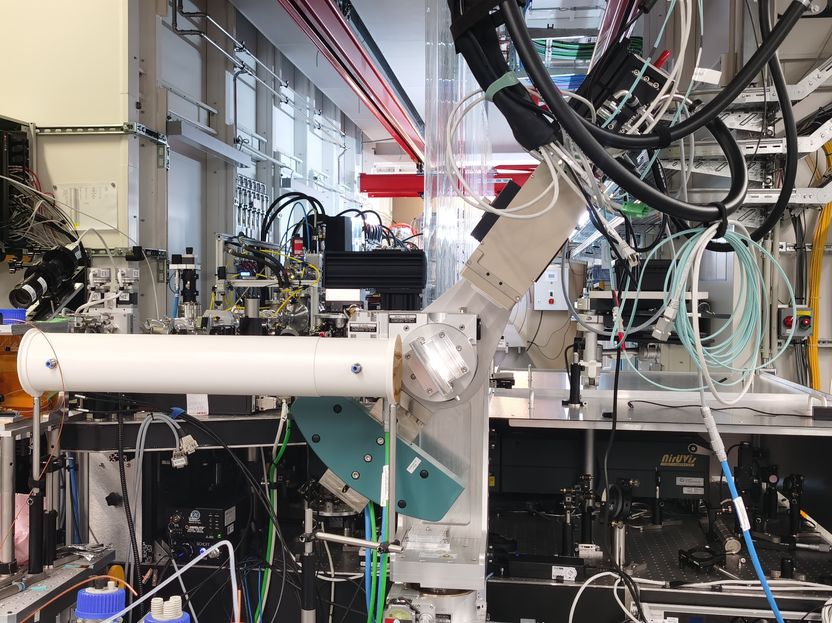
A pioneering spectrometer for hard X-rays at European XFEL - "The new spectrometer opens up completely new spectroscopic possibilities at high X-ray energies"
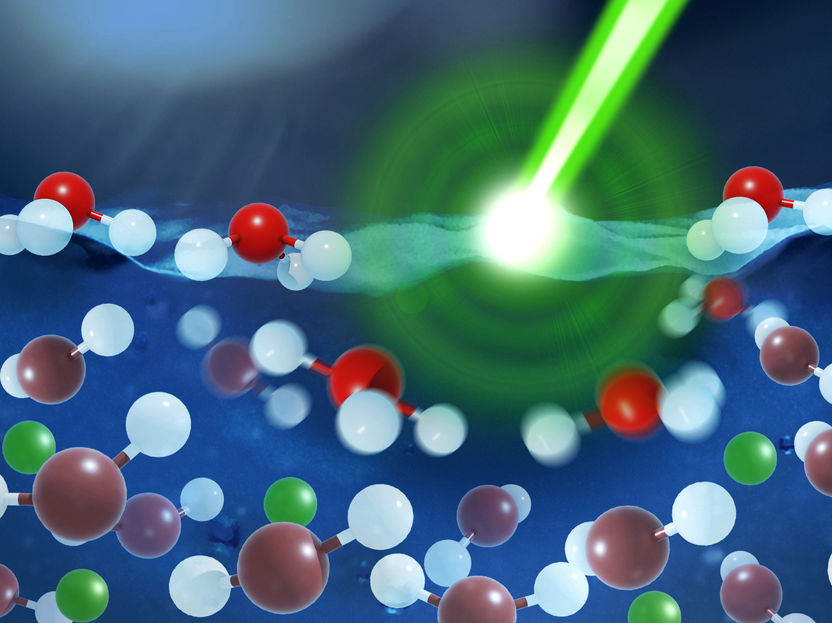
Observing the ultrafast electrical charging of liquids - Results extend applicability to diverse systems, from biological membranes to next-generation energy storage devices

Battery research: visualisation of aging processes operando - ‘A lot happens at the interfaces between the anode, separator and cathode while a battery is charging or discharging’
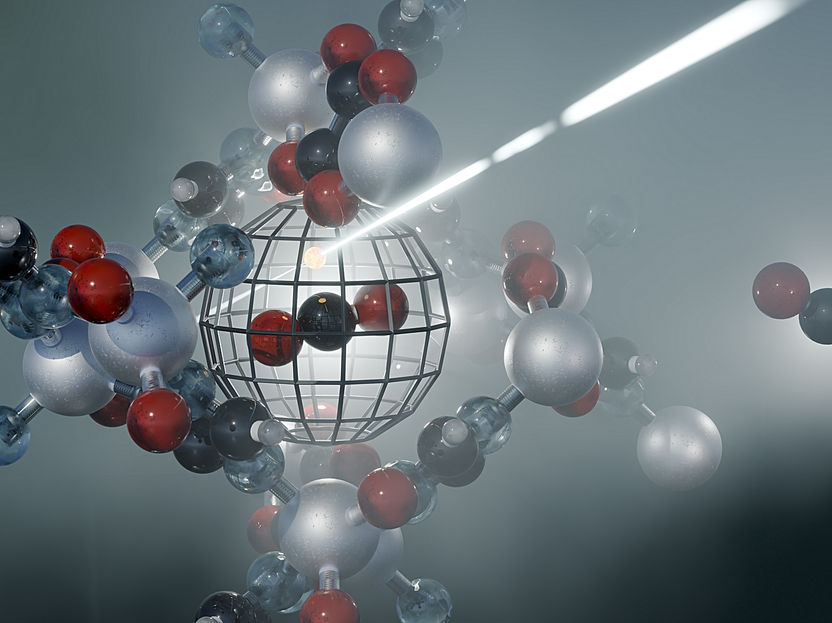
Understanding carbon traps - Physical probing of a promising material shows exactly how it locks CO₂ into place
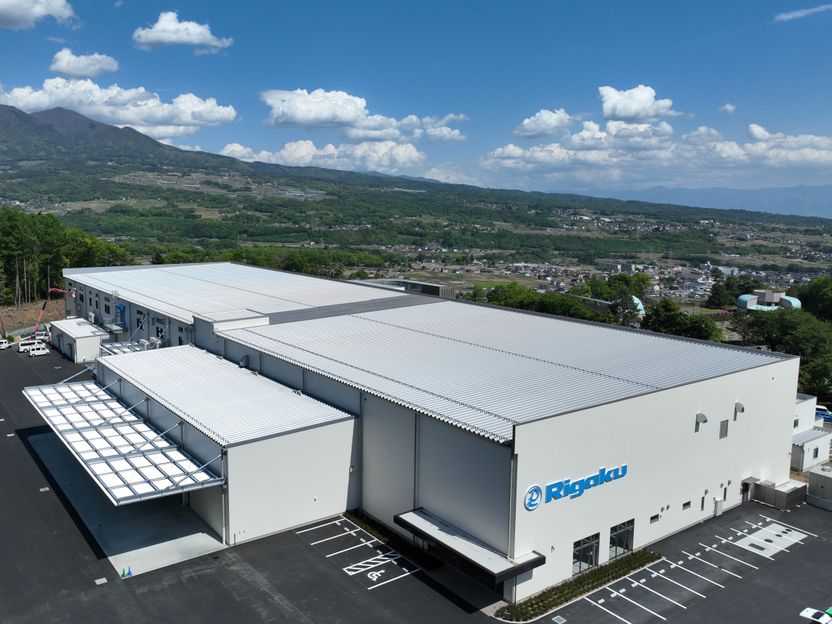
Rigaku Completes New Building at Yamanashi Plant - Dramatic 2.7-fold increase in floor space to serve global demand
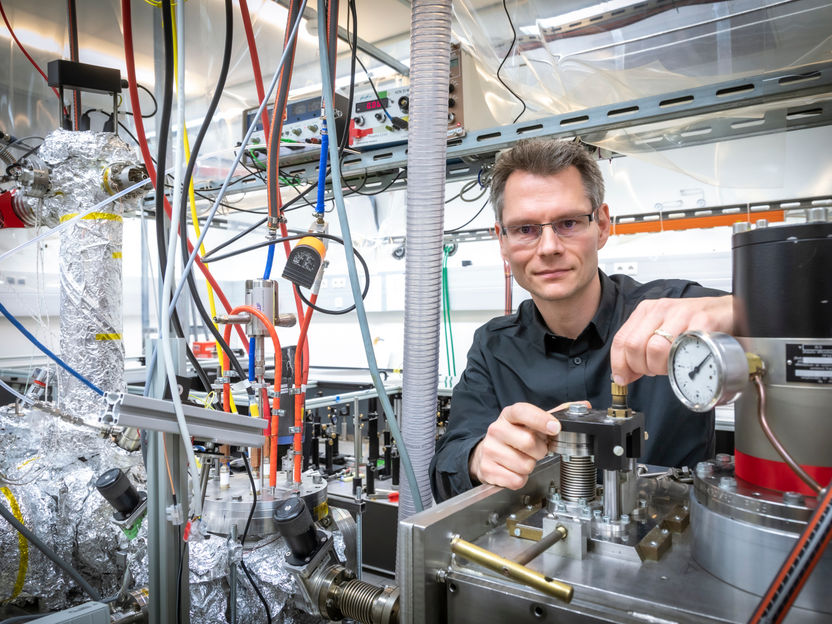
How chemical bonds are formed: Observing energy flow in real time - Femtosecond spectroscopy makes chemical processes visible
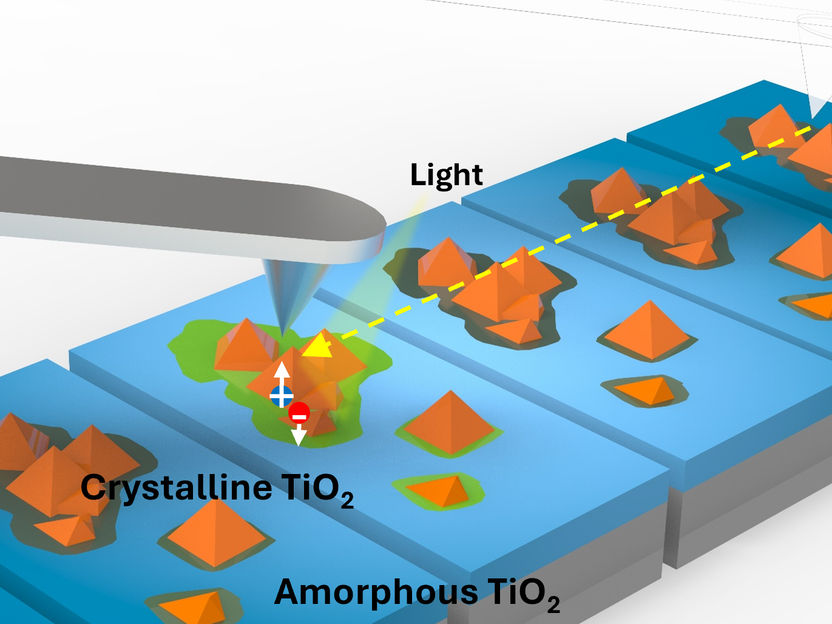
New Microscopy tool for energy research - Technique allows scientists to explore the properties of photoelectrodes more precisely

Unmasking hazardous compounds in cosmetics, skincare products and perfumes - New analytical methodology: Significant detection of hazardous compounds and their effects on cells
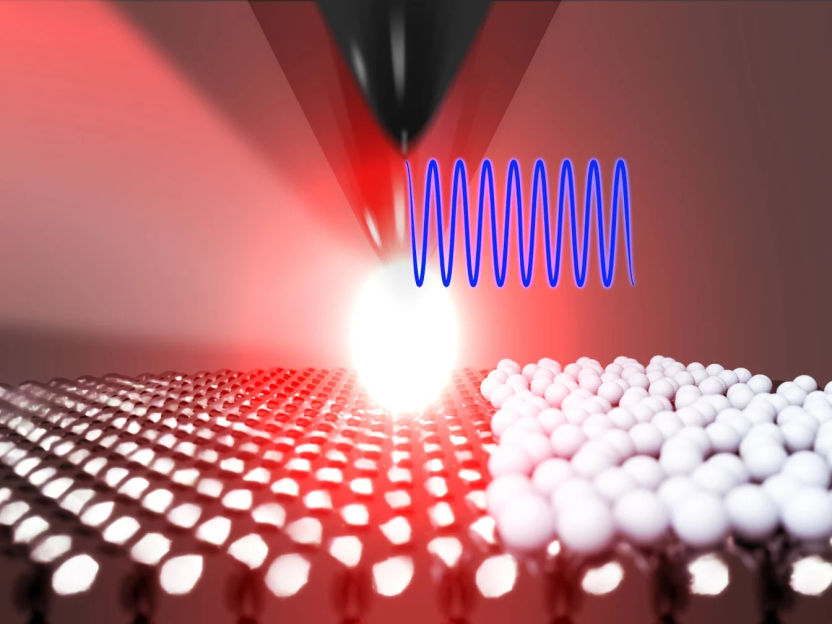
Pushing the resolution limits of scattering near-field optical microscopy - A valuable tool for characterizing surfaces with atomic-scale precision
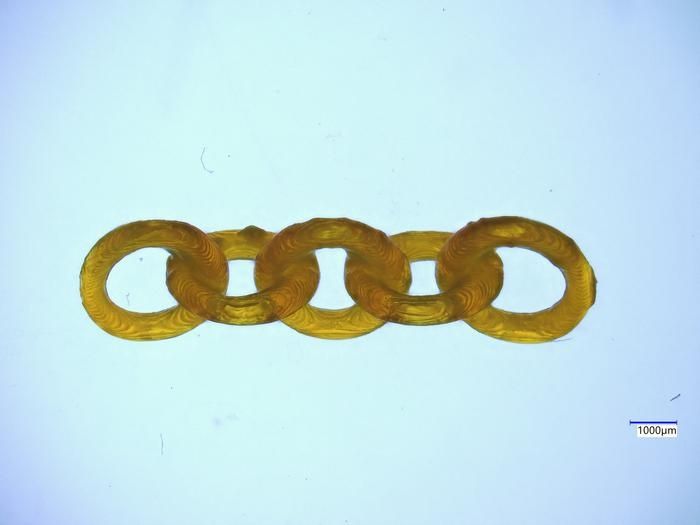
New 3D-printing method makes two materials from one resin - Innovative material responds differently to UV versus visible light
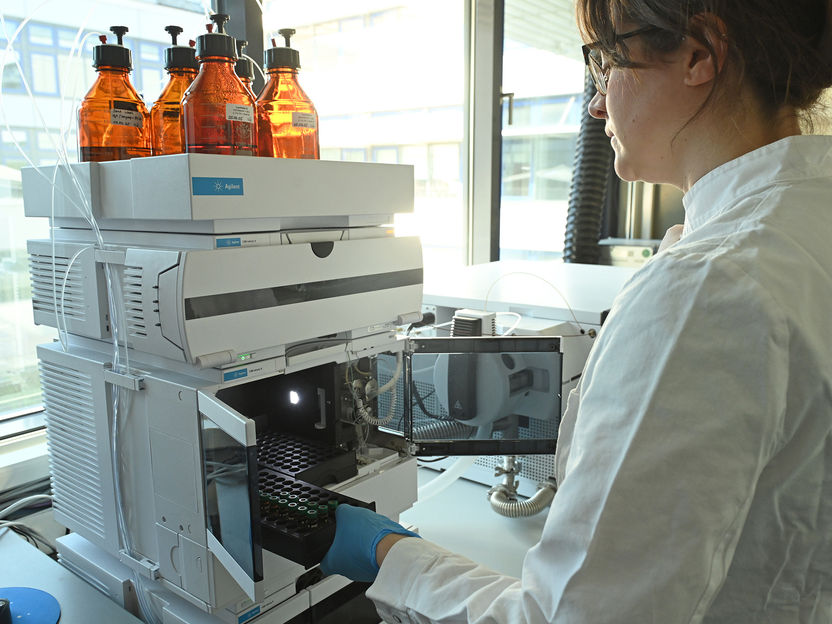
No data, no risk? - How the monitoring of chemicals in the environment shapes the perception of risks
